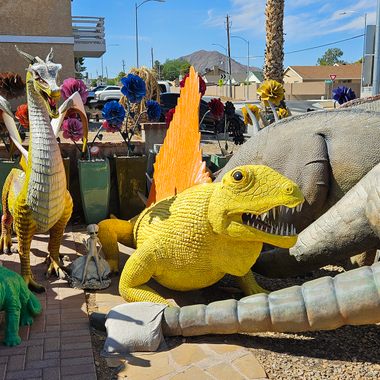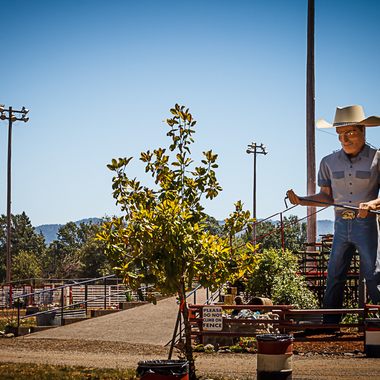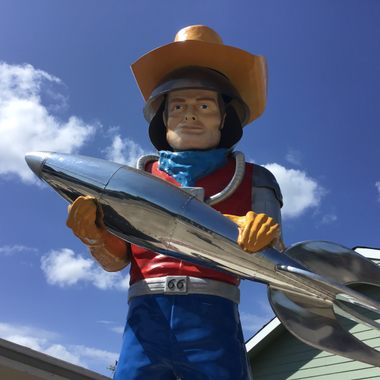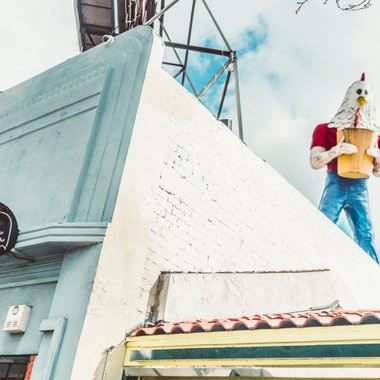9 Places to Deepen Your Knowledge of the Underground Railroad
Stations on the road to freedom.
It was 1786, and George Washington was highly upset. The man who would soon be elected the first president of a nascent republic complained that one of the people he had enslaved attempted to escape with the help of a society of Quakers. (Those enslaved people would be freed in 1801 by his wife Martha, in accordance with wishes expressed in his will.) Eventually escape routes like this would come to be known as the Underground Railroad. By the turn of the 19th-century, the network had grown to include formerly enslaved people, business owners, farmers, and ministers along various routes, mostly leading north from the American South, and even into Canada.
Those who operated the railroad were known as “conductors.” Houses, churches, stores, and even schools located along the secret routes were known as “depots” or “stations.” These safe houses were places to rest and prepare for the next stage of the harrowing journey to freedom. They were often equipped with trap doors and hidden rooms to hide from bounty hunters.
Many of the places along the Underground Railroad have vanished over the years, redeveloped or engulfed by vegetation. But a few still exist and stand as testaments to a time where the pursuit of freedom was a matter of life and death. Here are eight places that helped guide thousands out of bondage.


























Follow us on Twitter to get the latest on the world's hidden wonders.
Like us on Facebook to get the latest on the world's hidden wonders.
Follow us on Twitter Like us on Facebook